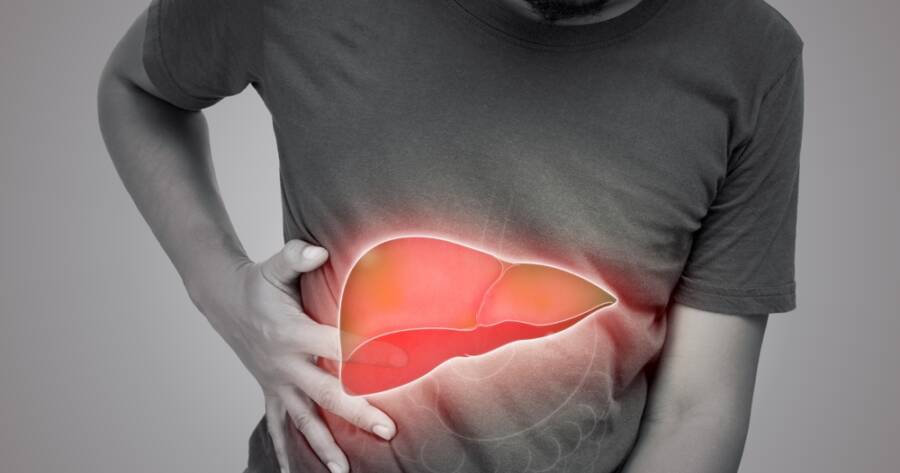Liver health plays a crucial role in overall well-being, yet certain conditions can develop silently over time, leading to serious complications. NASH arises when excess fat accumulates in the liver, causing damage and potential long-term consequences. While often unnoticed in its early stages, this condition can progress, increasing the risk of severe illness. Understanding its causes, warning signs, and available medical interventions is essential for prevention and management, ensuring better long-term health outcomes.
What Is NASH Liver Disease?
NASH, or Non-Alcoholic Steatohepatitis, is a progressive liver disease characterized by inflammation and damage caused by fat accumulation in the liver, without significant alcohol consumption. It is part of a spectrum of non-alcoholic fatty liver disease (NAFLD), which can lead to serious complications such as cirrhosis and liver cancer. Recent studies indicate that NASH is becoming increasingly prevalent, particularly in populations with obesity and metabolic syndrome, highlighting the need for awareness and early intervention.
Recognizing Symptoms of NASH Liver Disease
Symptoms of NASH can often be subtle or absent in the early stages, making it challenging to diagnose. Common signs may include fatigue, abdominal discomfort, and unexplained weight loss. As the disease progresses, individuals may experience more severe symptoms such as jaundice, swelling in the abdomen, and confusion due to liver dysfunction. Awareness of these symptoms is crucial for early detection and management, as many individuals remain undiagnosed until significant liver damage has occurred.
Effective Treatments for NASH Liver Disease
Currently, there is no specific medication approved for the treatment of NASH. However, recent research has focused on various pharmacological options that target the underlying mechanisms of the disease, such as insulin resistance and inflammation. Clinical trials are ongoing to evaluate the efficacy of these treatments, with some showing promise in improving liver histology and metabolic parameters. Lifestyle modifications remain the cornerstone of management, emphasizing the importance of weight loss and dietary changes.
Managing NASH: Lifestyle Changes and Medical Options
Management of NASH primarily involves lifestyle changes, including a balanced diet and regular physical activity. A Mediterranean diet, rich in fruits, vegetables, whole grains, and healthy fats, has been associated with improved liver health. Additionally, weight loss can significantly reduce liver fat and inflammation. Medical options may include medications aimed at improving insulin sensitivity and reducing liver inflammation, although these are still under investigation. Regular monitoring and collaboration with healthcare providers are essential for effective management.
Learning More About NASH Liver Disease
Understanding NASH liver disease is vital for early detection and effective management. With ongoing research and advancements in treatment options, individuals can gain insights into lifestyle modifications and medical interventions that may improve their liver health. Staying informed about the latest findings can empower individuals to take proactive steps in managing their health.





